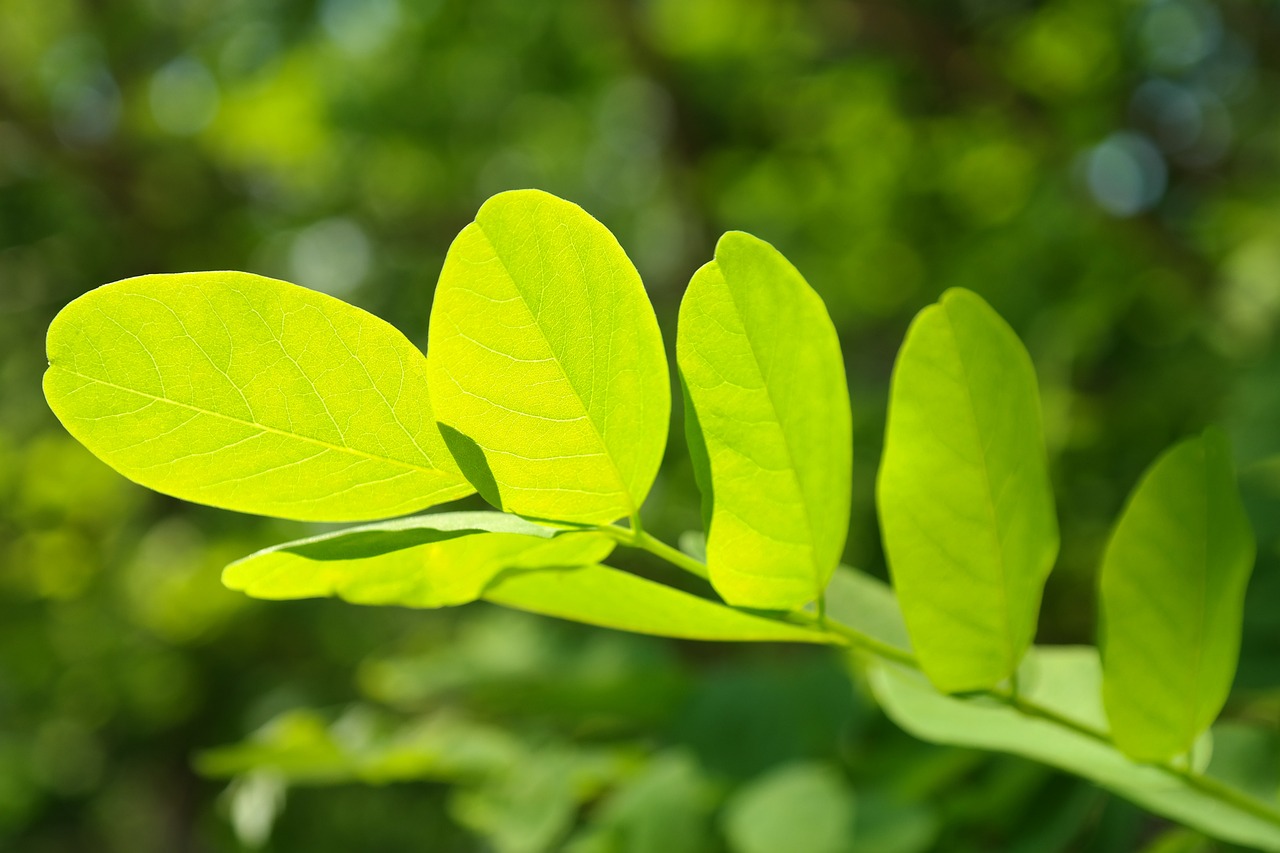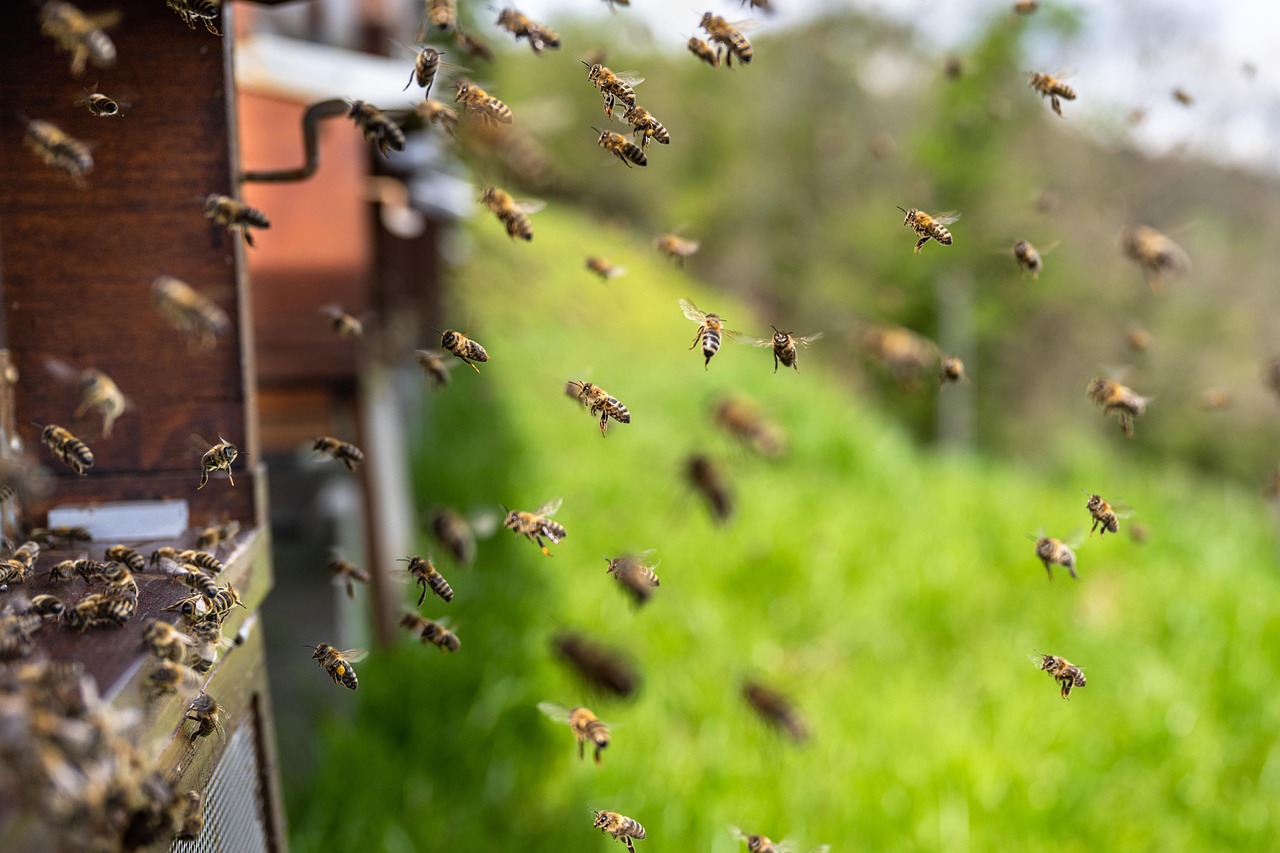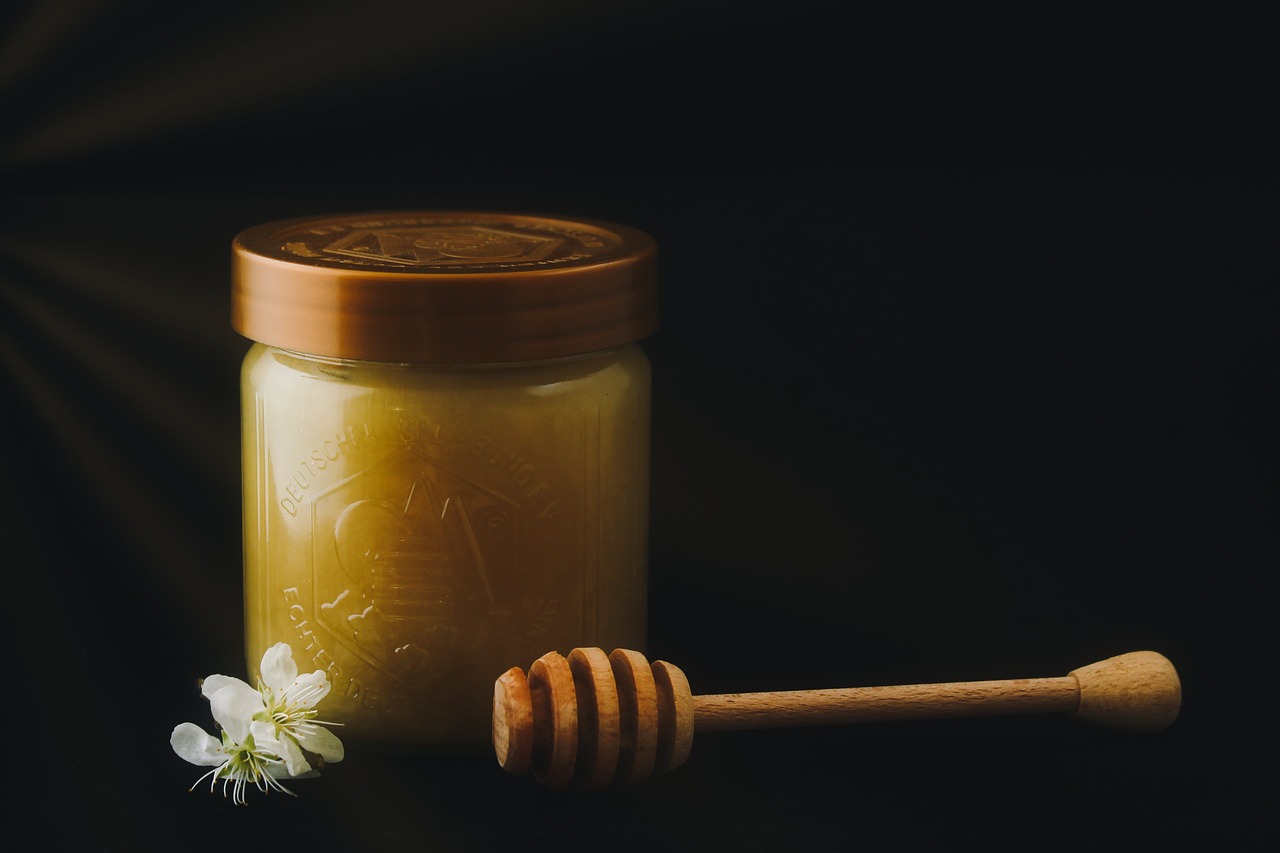The Honey Locust tree has a moderate growth rate, typically ranging from 1 to 2 feet per year. This tree is well-suited for urban environments due to its resilience against harsh conditions and adaptability to various soil types.
The Honey Locust tree (Gleditsia triacanthos) is a deciduous tree native to North America. It is prized for its beautiful, airy foliage, which provides dappled shade. The tree can grow to heights of 30 to 70 feet, making it an excellent choice for landscaping in parks, streets, and residential areas. Its growth rate makes it appealing for those seeking quick shade and a robust landscape feature.

One of the main advantages of planting a Honey Locust in urban settings is its tolerance to pollution and compacted soil. These conditions are often challenging for many tree species. Additionally, the Honey Locust is known for its ability to thrive in various soil types, from sandy to clay, which is essential for urban planting where soil quality can be inconsistent.
Growth Rate and Factors Influencing Honey Locust Trees
The growth rate of the Honey Locust tree can be influenced by several factors, including soil quality, water availability, sunlight exposure, and climate conditions. Understanding these elements can help ensure optimal growth and health for the tree.
- Soil Quality: Well-drained soil is crucial for the Honey Locust. Poor soil will slow growth significantly.
- Water Availability: While the tree can tolerate drought, consistent watering during its early years promotes faster growth.
- Sunlight Exposure: Honey Locust trees prefer full sun, which enhances photosynthesis and overall health.
- Climate Conditions: They thrive in USDA hardiness zones 3-9, showcasing their adaptability across various climates.
In urban environments, the ability of the Honey Locust to withstand pollution is particularly valuable. Its thin leaves allow sunlight to filter through, making them less likely to block light for surrounding plants. This characteristic is advantageous in dense urban areas where space and light are limited.

Another notable feature of the Honey Locust is its thornless variety, which is preferred for urban landscapes. The thorny version can cause damage or injury in high-traffic areas, so opting for a thornless cultivar can enhance safety without sacrificing aesthetic value.
| Factor | Impact on Growth Rate |
|---|---|
| Soil Quality | Improves growth; poor quality slows down growth |
| Water Availability | Consistent watering during establishment promotes faster growth |
| Sunlight Exposure | Full sun enhances photosynthesis and health |
| Climate Conditions | Able to thrive in a wide range of climates (zones 3-9) |
The establishment phase is critical for Honey Locust trees. Initially, they require more attention in terms of watering and protection from pests. Once established, they become more resilient. Regular maintenance, such as pruning and monitoring for diseases, helps maintain their health and improves their growth rate over time.
In conclusion, understanding the growth rate and urban tolerance of the Honey Locust tree is essential for anyone considering it for their landscape. With proper care and attention to environmental factors, this tree can flourish in an urban setting while providing numerous benefits such as shade, beauty, and improved air quality.

Planting Honey Locust Trees in Urban Areas
Planting Honey Locust trees in urban environments requires careful planning and consideration of several factors. Proper site selection and preparation can lead to successful establishment and growth. Here are some critical steps and considerations for planting Honey Locust trees.
Site Selection
Choosing the right location for planting is essential to ensure the Honey Locust tree thrives. Consider the following criteria when selecting a site:
- Space Availability: Ensure there is enough space for the tree to grow both upwards and outwards without interference from buildings, power lines, or other structures.
- Soil Conditions: Opt for areas with well-drained soil. Heavy clay or poorly drained soils can lead to root rot.
- Sunlight Exposure: Select a site that receives full sun to promote healthy growth and flowering.
- Proximity to Other Plants: Allow sufficient distance from other trees or shrubs to prevent competition for nutrients and water.
Soil Preparation
Before planting, preparing the soil is crucial. Here are some steps to ensure optimal soil conditions:

- Test Soil pH: Conduct a soil test to determine pH levels. Honey Locust trees prefer a pH range of 6.0 to 7.5.
- Amend Soil: If necessary, amend the soil with organic matter such as compost or well-rotted manure to improve fertility and drainage.
- Till Soil: Loosen the soil in the planting area to a depth of at least 12 inches. This helps the roots establish more easily.
Planting Techniques
Proper planting techniques can significantly influence the success of a Honey Locust tree. Follow these guidelines when planting:
- Digging the Hole: Dig a hole that is twice as wide as the root ball and slightly shallower than its height. This encourages lateral root growth.
- Removing Container: If the tree is in a container, carefully remove it without disturbing the roots excessively.
- Positioning the Tree: Place the tree in the center of the hole, ensuring that the top of the root ball is level with the surrounding soil.
- Backfilling: Fill the hole with native soil, gently packing it around the root ball to eliminate air pockets.
- Watering: Water thoroughly after planting to help settle the soil and provide moisture to the roots.
Watering and Maintenance
Post-planting care is essential for ensuring that your Honey Locust tree establishes well. Proper watering and maintenance practices will promote healthy growth and resilience.
Watering Practices
The watering schedule will depend on factors such as soil type, weather conditions, and tree age. Consider these guidelines:
- Newly Planted Trees: Water deeply once or twice a week during dry spells. Ensure that water penetrates at least 12 inches into the soil.
- Mature Trees: Once established, Honey Locust trees are drought tolerant. However, they benefit from supplemental watering during prolonged dry periods.
Fertilization
Fertilization may be necessary to support growth, especially in nutrient-poor soils. Here are recommendations for fertilizing Honey Locust trees:
- Timing: Apply fertilizer in early spring before new growth begins.
- Type of Fertilizer: Use a balanced fertilizer (e.g., 10-10-10) at the recommended rate based on soil test results.
Pest and Disease Management
Pest and disease issues can affect Honey Locust trees, especially in urban settings. Regular monitoring and preventive measures can help maintain tree health:
- Pests: Watch for common pests such as leafhoppers and scale insects. Insecticidal soap can be effective for control.
- Diseases: Root rot and cankers may occur in poorly drained soils. Ensure proper drainage and avoid overwatering.
Regular inspections will help identify problems early, allowing for timely interventions. With proper attention, your Honey Locust tree can thrive in an urban environment, providing shade and beauty for years to come.
Environmental Benefits of Honey Locust Trees
The Honey Locust tree is not only valued for its aesthetic appeal and adaptability but also for the numerous environmental benefits it provides in urban settings. Planting this tree contributes significantly to improving air quality, providing wildlife habitat, and enhancing urban landscapes.
Air Quality Improvement
One of the most critical environmental benefits of the Honey Locust tree is its ability to improve air quality. Trees play an essential role in filtering pollutants and producing oxygen through the process of photosynthesis. The Honey Locust tree has several key contributions:
- Carbon Sequestration: Honey Locust trees absorb carbon dioxide from the atmosphere, helping mitigate climate change.
- Pollutant Filtration: These trees capture airborne particulates, such as dust and smoke, which improves overall air quality.
- Oxygen Production: A mature Honey Locust tree can produce significant amounts of oxygen, benefiting nearby residents and wildlife.
Habitat for Wildlife
Honey Locust trees provide valuable habitat and food sources for various wildlife species. Their unique structure and foliage support diverse ecosystems:
- Birds: The tree’s canopy offers shelter and nesting sites for various bird species. Birds may also feed on its seeds.
- Pollinators: Honey Locust flowers attract bees and other pollinators, which are essential for maintaining biodiversity.
- Insects: The tree supports a variety of insect species, contributing to a healthy ecosystem.
Urban Heat Island Mitigation
Urban areas often experience higher temperatures than surrounding rural areas, a phenomenon known as the urban heat island effect. Planting Honey Locust trees can help alleviate this issue:
- Shade Provision: The broad canopy of the Honey Locust tree provides shade, reducing surface temperatures in urban environments.
- Cooling Effect: Trees release moisture through transpiration, which can further cool the surrounding air.
- Energy Savings: By shading buildings and roads, Honey Locust trees can reduce the energy needed for cooling, leading to lower energy bills.
Landscape Aesthetics and Design Considerations
The Honey Locust tree is an attractive addition to urban landscapes. Its unique foliage and growth habit enhance visual interest. Here are some design considerations when incorporating Honey Locust trees into your landscape:
Foliage Characteristics
The Honey Locust tree features delicate, fern-like leaves that create a light and airy appearance. This characteristic allows sunlight to filter through, making it an excellent choice for areas where you want to maintain some grass or ground cover beneath the tree.
Seasonal Interest
This tree offers seasonal interest throughout the year:
- Spring: New leaves emerge in spring, providing fresh green hues.
- Summer: The lush foliage provides ample shade during the hot summer months.
- Fall: Leaves turn a vibrant yellow in the fall, adding color to the landscape before they drop.
- Winter: The bare branches create an interesting silhouette against winter skies.
Design Applications
The Honey Locust tree can be used in various landscape applications:
- Street Trees: Its tolerance for compacted soils makes it ideal for planting along city streets.
- Parks and Recreation Areas: The tree’s shade provides a pleasant environment for picnics and outdoor activities.
- Residential Yards: Homeowners can plant it for shade and aesthetic appeal in their gardens.
Challenges and Considerations
While the Honey Locust tree has many benefits, there are some challenges and considerations to keep in mind when planting in urban environments:
Root System
The root system of the Honey Locust is extensive and can become invasive if not properly managed. Consider these points:
- Avoiding Pavement Damage: Roots can lift pavement or interfere with underground utilities if planted too close to sidewalks or roads.
- Regular Monitoring: Regular inspections of surrounding infrastructure will help identify any potential issues early.
Seed Pods
The Honey Locust produces long seed pods that can create maintenance challenges:
- Litter Control: Seed pods may fall in large quantities, requiring cleanup during certain seasons.
- Pest Attraction: The pods can attract pests like squirrels, which may lead to additional maintenance concerns.
By understanding these challenges and implementing appropriate strategies, urban planners and homeowners can maximize the benefits of Honey Locust trees while minimizing potential issues.
Future Considerations for Honey Locust Trees in Urban Planning
As cities continue to grow and evolve, the importance of incorporating green spaces and trees into urban planning becomes increasingly vital. Honey Locust trees, with their numerous benefits and adaptability, will play a crucial role in enhancing urban environments. Here are some future considerations for the effective use of Honey Locust trees in urban areas:
Integrating Technology in Tree Management
Advancements in technology can aid in the management and maintenance of Honey Locust trees. Here are a few ways technology can be utilized:
- Smart Irrigation Systems: Implementing smart watering systems that adjust based on weather conditions can optimize water use and ensure trees receive adequate moisture.
- Monitoring Software: Using software to track tree health, growth rates, and maintenance needs can help municipal planners manage urban forests more effectively.
- Drones for Assessment: Drones can be employed for aerial assessments of tree canopies and overall health, providing valuable data to urban forestry managers.
Community Engagement and Education
Engaging the community is essential for the successful integration of Honey Locust trees in urban settings. Educational programs can foster appreciation and understanding:
- Workshops: Host workshops on tree care, planting techniques, and the ecological benefits of urban trees.
- Volunteer Programs: Organize community planting days to involve residents in beautifying their neighborhoods.
- Awareness Campaigns: Promote the environmental benefits of Honey Locust trees through social media and local events.
Choosing the Right Varieties
Selecting the appropriate cultivar is crucial for ensuring success in urban environments. Choosing thornless varieties can minimize safety risks. Additionally, consider regional adaptations that may be more resilient to local climate challenges. Consultation with local arborists or horticulturists can provide valuable insights into suitable selections.
Final Thoughts
The Honey Locust tree stands out as an exceptional choice for urban landscapes due to its moderate growth rate and tolerance to various environmental conditions. Its ability to improve air quality, provide wildlife habitat, and mitigate urban heat makes it a valuable asset for any city planning initiative.
While there are challenges associated with its root system and seed pods, these can be managed effectively with proper planning and maintenance strategies. By understanding the unique characteristics of Honey Locust trees and implementing best practices for planting, care, and community engagement, urban planners can maximize their benefits while minimizing drawbacks.
As cities continue to prioritize sustainable development, the role of trees like the Honey Locust will remain critical. Through thoughtful integration and community involvement, these trees will contribute significantly to healthier, more vibrant urban environments for generations to come.
In summary, the Honey Locust tree not only enhances the beauty of urban spaces but also supports ecological health. Its versatility and resilience make it a preferred choice for cities aiming for sustainable growth. By embracing this tree, communities can look forward to a greener future filled with shade, beauty, and improved quality of life.
